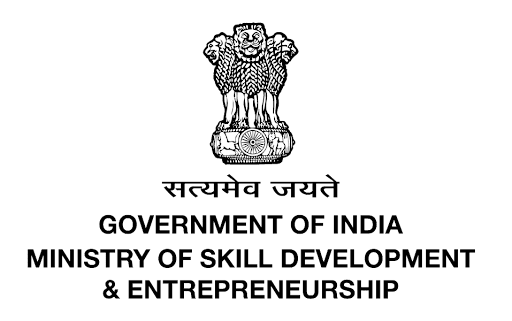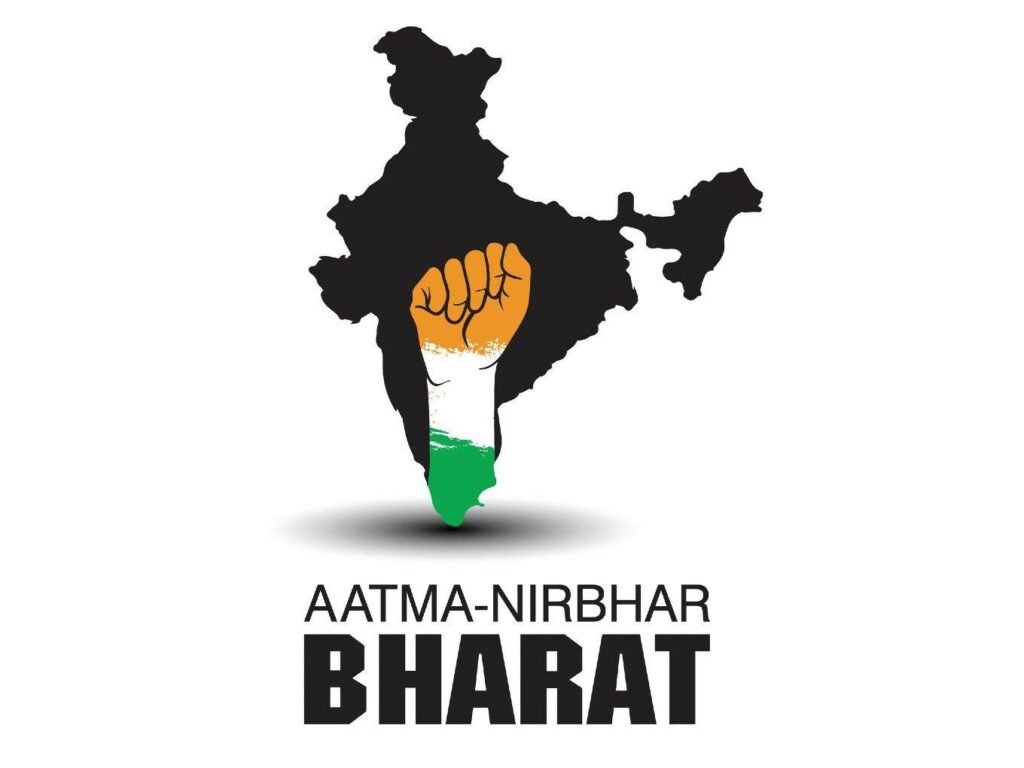

About MSDE
The Ministry is responsible for co-ordination of all Skill Development efforts across the country, removal of disconnect between demand and supply of skilled manpower, building the vocational and technical training framework, skill up-gradation, building of new skills and innovative thinking not only for existing jobs but also jobs that are to be created.
The Ministry aims to skill on a large scale with speed and high standards in order to achieve it’s vision of a ‘Skilled India’.
It is aided in these initiatives by its functional arms: Directorate General of Training (DGT), National Council for Vocational Education and Training (NCVET), National Skill Development Corporation (NSDC), National Skill Development Fund (NSDF) and 37 Sector Skill Councils (SSCs) as well as 33 National Skill Training Institutes (NSTIs/NSTI(w)), about 15000 Industrial Training Institutes (ITIs) under DGT and 187 training partners registered with NSDC. The Ministry also intends to work with the existing network of Skill Development centres, universities and other alliances in the field. Further, collaborations with relevant Central Ministries, State governments, international organizations, industry and NGOs have been initiated for multi-level engagement and more impactful
Be the Change: Support Atma Nirbhar Bharat
The History of The Aatma Nirbhar Bharat Project
The history of the Atma Nirbhar Bharat Project dates back to the year 1999, when India faced significant challenges in the fields of education and technology. During this time, U.S. President Bill Clinton visited India and highlighted the global disparity in computer education. His observation pointed out that India was lagging behind in the area of Information Technology (IT), with a large portion of its population being uneducated and unemployed, and there was a growing need to address the skills gap.
In response, the Indian government began to focus on educating its citizens, particularly in the field of IT. This led to the birth of the WISE project (World Information System Education), which aimed to provide computer education across the country. However, the challenge remained in the lack of skilled computer teachers, and there was a significant crisis regarding the availability of instructors.
Mission CL (Computer Literacy Mission) was established as a comprehensive initiative to bridge the digital divide and ensure that every citizen of India has access to basic computer education. Launched in the late 1990s, it aimed to address the significant gap in digital literacy between urban and rural areas, as well as among different socio-economic classes.
The primary objective of Mission CL was to provide computer literacy to people from all walks of life, particularly targeting students, teachers, and individuals from marginalized communities. The mission focused on setting up training centers across India, where basic computer skills could be taught to a large number of people. It was designed to cater to all age groups and sectors, from students in schools to working professionals and job seekers looking to enhance their skills in the growing IT sector.
The CLM Mission – Computer Literacy Mission was established in the late 1990s to address the growing digital divide in India. In 1999, during a visit by U.S. President Bill Clinton, India recognized the need for widespread computer education to bridge the gap between urban and rural areas. At that time, India’s IT infrastructure was underdeveloped, and there was a significant lack of access to computers, particularly in rural regions.
In response to this challenge, the CLM Mission was launched with the goal of providing computer education to underprivileged and rural communities. The mission focused on training students from backward classes, ensuring they received proper computer literacy and skills that would enable them to participate in the growing IT sector. One of the key features of the mission was to set up computer literacy centers across India, particularly targeting schools, colleges, and rural areas, where access to digital education was limited.
initiatives such as Digital India, Skill India, and Make in India, all of which contributed to enhancing the scope and impact of the CLM Mission. Over time, the mission achieved significant success, empowering millions of individuals with the skills needed to thrive in the digital world and contributing to India’s technological progress.
The CLM Mission aimed to create 100% literacy in computer education by training people in basic IT skills, making them employable in the rapidly expanding tech-driven economy. However, the mission initially faced challenges, such as a shortage of trained computer teachers and a lack of sufficient infrastructure. Despite these setbacks, the mission continued to evolve, leading to the creation of various

Make in India is a flagship initiative launched by the Government of India in September 2014, aimed at transforming India into a global manufacturing hub and boosting its economy. The program encourages both domestic and foreign companies to manufacture their products in India, thereby creating jobs, enhancing skill development, and driving innovation in various sectors. The vision behind Make in India is to promote India as a destination for investment, improve industrial infrastructure, and establish a competitive manufacturing sector.
The initiative focuses on 25 key sectors, including automobiles, textiles, chemicals, food processing, electronics, aviation, biotechnology, and renewable energy, among others. By promoting these industries, Make in India aims to increase the contribution of the manufacturing sector to India’s GDP, create millions of jobs, and empower the Indian workforce with skills that meet global standards.
One of the core aspects of Make in India is fostering an environment that attracts both foreign and domestic investments by improving ease of doing business, simplifying regulatory frameworks, and enhancing infrastructure. The program also promotes innovation, research, and development, ensuring that India stays competitive in the global market.
In addition to its economic objectives, Make in India has a strong emphasis on sustainability and environmental responsibility, encouraging businesses to adopt eco-friendly practices and technologies. Over the years, the program has led to an increase in foreign direct investment (FDI), growth in exports, and the development of high-tech industries. With its focus on empowering India’s manufacturing sector, Make in India is a key driver of the nation’s economic transformation and its ambition to become a global manufacturing leader.
